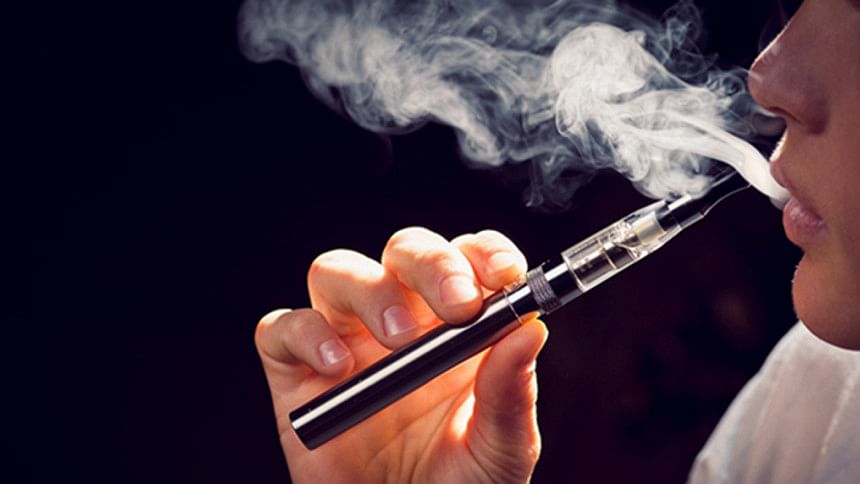Some e-cigarette flavors are more toxic than others

New US research has found more evidence to suggest that some flavors of e-cigarettes may be more toxic than others due to their mix of chemicals.
Carried out by researchers at Penn State University, the study analyzed the levels of free radicals produced by 49 commercially available e-liquid flavors and compared the levels to flavorless e-liquid.
These free radicals, which are toxins that have previously been linked to conditions such as inflammation, heart disease and cancer, are inhaled by consumers when they smoke an e-cigarette.
The researchers found that around 43 percent of the flavors tested were associated with significantly higher levels of free radical production.
With further analysis, they also identified six chemicals used to flavor the e-liquids which significantly increased the production of free radicals, including linalool, dipentene and citral, which are often used to give products citrus or floral notes.
Just a few of the flavors were associated with lower levels of free radicals, with the team finding that the chemical ethyl vanillin -- often used for vanilla notes -- decreased the production of free radicals by 42 percent.
John Richie, professor of public health sciences and pharmacology, Penn State College of Medicine, commented on the findings saying they are important step for learning more about the potential dangers of e-cigarettes.
"When these products first came on the market, many people were saying they were harmless and that it was just water vapor," Richie said. "We know that's not true, but we also don't have the numbers on how dangerous e-cigarettes are. But now we know that e-cigarettes do produce free radicals, and the amount is affected by the flavorants added."
"It's important to look at the effect of flavors on these free radical levels because e-cigarettes come in hundreds of flavors, many of which are marketed toward kids, like bubblegum."
However, although Richie commented that the results could help smokers make better decisions about which products and flavors they buy, Zachary Bitzer, who also worked on the study, added that flavors are not consistent across brands.
"Two different manufacturers may sell an 'orange' flavored e-liquid, but they could each contain vastly different flavorants to get that orange flavor," Bitzer said. "Just like Coke and Pepsi are both colas but have different ingredients, different flavors of e-cigarettes may contain different flavorants, resulting in different levels of free radicals."
For consumers who would like to find out more about e-cigarette flavorings, a team of researchers from the University of North Carolina School of Medicine has set up a database of e-liquid ingredients and toxicity information which can be found at http://www.eliquidinfo.org.
The team published their own study on the subject last month, which also found that different flavoring compounds could have different levels of toxicity.
The findings from the new research were published in Free Radical Biology and Medicine.

 For all latest news, follow The Daily Star's Google News channel.
For all latest news, follow The Daily Star's Google News channel. 







Comments